Don’t know how to build the best survival medical kit? When disaster strikes and injury starts getting the worst out of you, being prepared can spell life or death for your survival. Whether hiking in the wilderness or on the run to survive a catastrophic scenario, having a reliable and functional medical kit to address health emergencies will keep everyone’s survival rate on high.
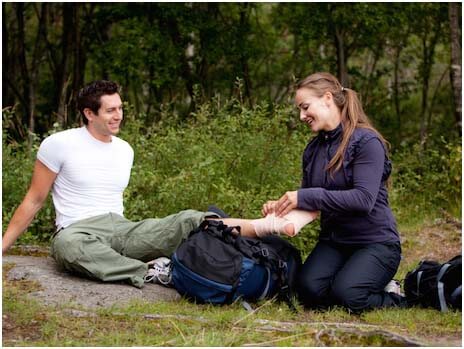
Source: active.com
To get you started, this personal guide is crafted to give you a deep look on how to prepare for medical emergencies wherever you are.
1. Knowledge and experience are two of the most important aspects in survival. When it comes to building the best survival medical kit, it is only fitting to learn a clear understanding on what goes into your kit, their function and uses. This skills set requires training and education which a friendly Red Cross office or EMS may be more than happy to share. Online tutorials may also be had to prepare you for some of the most basic of survival needs.
2. Always have a first-aid kit handy at home, in your bugout backpack and in an appointed place where you’ll be holed up should doomsday scenario strikes. The basics include antiseptic wipes, antibacterial ointment, benzoin tincture, fabric-made adhesive bandages, butterfly bandages, wound-closure strips, various sizes of gauze pads, sterile pads, medical adhesive tape (duct tape will do when there’s none), blister treatment, pain relief and anti-allergy medication, insect sting and mosquito bite relief, splinter tweezers, and safety pins. This Amazon’s Choice All-Purpose First Aid Kit from All-Purpose First Aid Kid comes handy each time.
3. You will also need wraps, splints and sterile coverings for proper wound management. There’s a good chance that you or a family member will be wounded when disaster strikes. Wounds, particularly open or gashing ones, must be kept clean and dry for approximately 5 days to protect from infections. You will need the following: elastic wrap, tringular cravat bandage, finger and SAM splints, rolled gauze and stretchable bandages, hydrogel pads, cleansing pads, topical anesthetic, hemostatic gauze, liquid bandage, nitrile gloves, band aids, suture kit, iodine, tourniquet, and oval eye pads. This Emergency Trauma First-Aid Kit comes handy addition to your survival medical kit arsenal.
4. You will also be needed certain medications which can be bought online or via a nearby drugstore. Your list should include– aspirin, antacid tablets, throat lozenges, lubricating eyedrops, anti-diarrhea meds, poison ivy or oak treatment, glucose or sugar source for hypoglycemia, oral rehydration salts, antibiotics, and injectable epinephrine. Have a hand sanitizer, aloe vera gel, antifungal foot powder, and sunburn ointment handy, too.
To prevent wound infection, this 2-in-1 Neosporin and Pain Relief Ointment should not be absent in your survival medical kit.
To individuals with chronic conditions like heart condition, it is best to be ready with your maintenance medications by keeping your Aspirin medication within reach with this Aspirin-ASAP carrying case.
5. Even when bugged out in the comfort of your basement or when out and about in the wilderness, having a good set of tools and supplies will help greatly in times of emergencies. Think of tools like a multi-tool knife, paramedic shears, #15 or #12- bladed scalpel, safety razor blade, steel sewing needle, heavy duty thread for stitching wounds, needle nose pliers (preferably with wire cutter), magnifying glass, small mirror and duct tape. Irrigation syringe, oral thermometer, low-reading thermometer to check for hypothermia, CPR mask, medical waste bag, and heat-reflecting blanket like the ThinkSafe Mylar1 Emergency Response Blanket (84×52) one below.
6. At one point, you may get lost in the wilderness. This is why you should never lose sight of a headlamp or portable flashlight, emergency whistle, personal locator beacon or a good-old-compass may suffice. Wearing this TactX Flashlights LifeLine Survival Band, which comes equipped with a built-in compass, handwoven 280lb breakaway paracord, flint and scraper to spark fires, and whistle rescue locator, will increase your chances of survival.
7. Remember clean water. Your medical backpack must also contain sterilizing tablets and collapsible containers to give you access to clean water whenever, wherever. Keeping this 100-count Aquatabs Water Purification Tablet will help protect you from the hazards of dehydration and other complications brought by dirty water or lack thereof.
8. Don’t forget your personal care items. Ditch the make-up kit and get hold of survival basics like lip balm, biodegradable/antibacterial soap, sunscreen, hand sanitizer, and wet wipes. Tick and insect repellent like this handy individually-wrapped wipes from Adventure Medical Kits provide 8 hours of protection from ticks, mosquitoes, flies, fleas, chiggers, and no-see-ums.
9. Label your kits accordingly. Keep your medications separate from your trauma kit, your tools from your personal care items and so on. Organize them via Ziploc bags then, label them accordingly and look for a sturdy waterproof container like a backpack to hold them.
10. Some people who want to buy everything in one fell swoop can choose to have a complete survival medical kit pre-packed to their contentment. This 174-Piece First Aid Emergency Medical Kit from Monoki, for instance, makes a practical choice. All you need to do is add the missing pieces you wish to bring with you and voila!
Conclusion
Without a doubt, preparing for the best survival medical kit can be a challenge to the uninitiated. Organizing that which dictates huge implications to your survival, however, is all worth it. Simply find the right source to order the items needed and keep you kit updated to ensure through and through protection when disaster strikes. Keep in mind that preparation is key to safety. So, always be prepared.





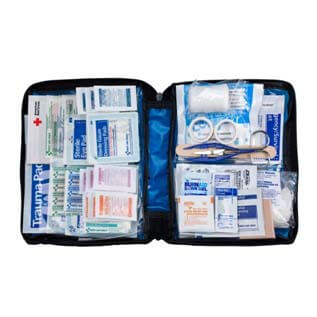

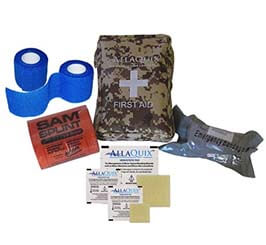
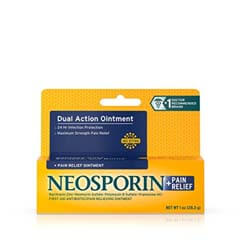
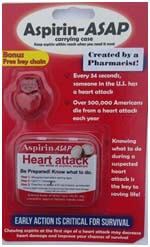
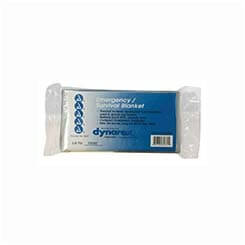
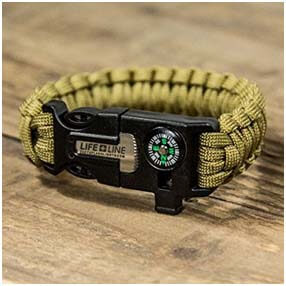
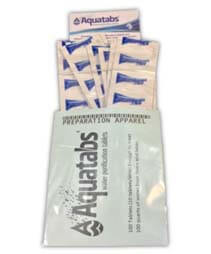
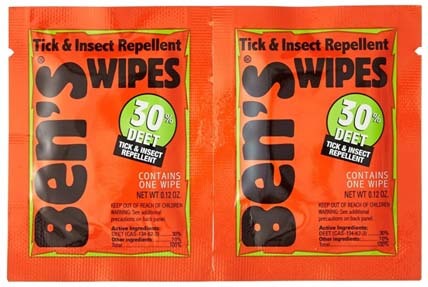
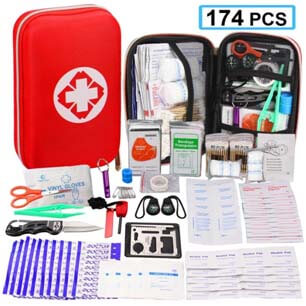

Leave a Reply
You must be logged in to post a comment.